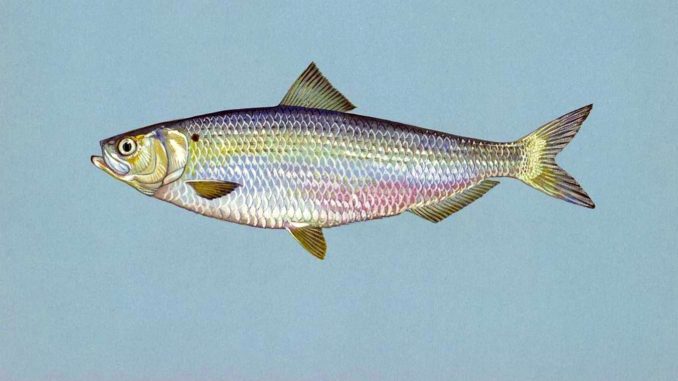
It’s not a surprise that nearly every artificial lure guide Richard Andrews uses for winter stripers is a Fluke-style soft plastic.
Flukes are shaped like fat-bellied cigars; many imitations have a split tail, but not all. In the winter, many guides don’t want baits with a lot of tail action, because baitfish are usually swimming slowly.
And there’s another factor.
“There used to be a lot of herring in these coastal waters,” Andrews said. “They’re not so many now.”
The N.C. Wildlife Commission banned herring nets in inland creeks and rivers during 2006, while the N.C. Division of Marine Fisheries instituted a herring/alewife net ban in 2008 only after the stock was designated “collapsed”.
“But stripers still like to eat herring; they haven’t forgotten that,” Andrews said. “So just about all my lures look like herring.”
Blueback herring are dark blue on the top of the back, with a lateral band of grayish blue, a strip of gold that extends from tail to eyes and covers the gill plates and lower jaw, a swatch of light blue, then a strip of purple from tail to jaw that covers the belly. Herring tails and fins are a gold base color with streaks of blue.
Bluebacks also have a pronounced black spot on either side of their bodies, level with their eyes and just behind their gill plates.


